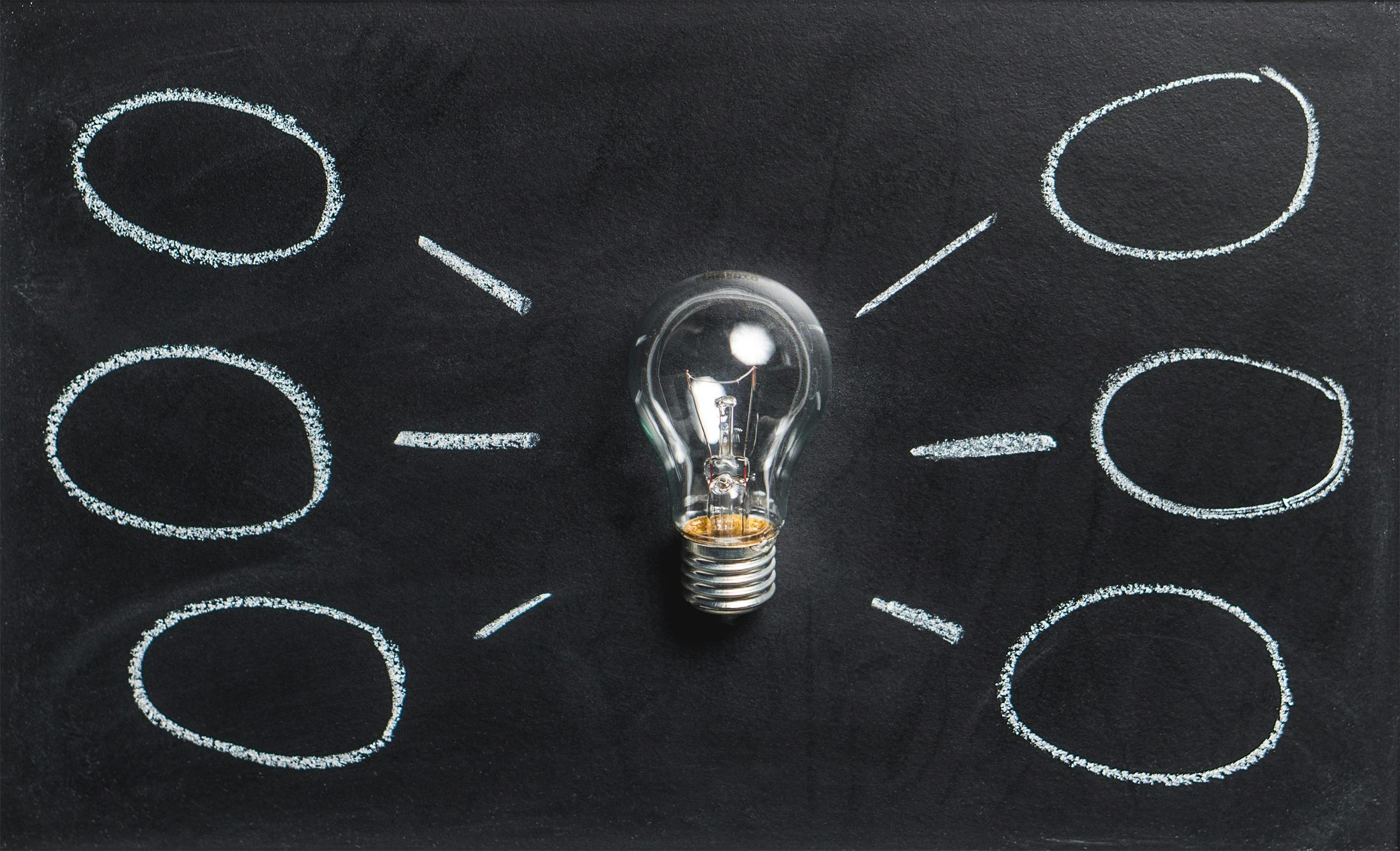Distillation is a process used to separate mixtures of substances into their individual components. It works by heating a mixture until it vaporizes and then collecting and condensing the vapor to obtain the desired components. This process is commonly used in the production of alcoholic beverages, essential oils, and other chemicals. During the distillation process, different components of the mixture will vaporize at different temperatures, allowing them to be collected separately.Distillation is a process of purifying a liquid by heating it to its boiling point, cooling and condensing the resulting vapor, and collecting the condensed liquid. It is used to separate mixtures of liquids with different boiling points, such as ethanol and water. Distillation has a long history dating back to ancient times, when it was used in alchemy and for producing alcoholic beverages.
The Basics of Distillation
Distillation is a process used to separate liquids from solids and other liquids by heating them, allowing them to evaporate, and then condensing the vapors. It is one of the oldest methods of chemical separation, dating back to ancient times. Distillation has been used for centuries to make essential oils, spirits, and perfumes. Today, it is used in many industries, including pharmaceuticals, food processing, petrochemical refining, and wastewater treatment.
The process of distillation involves boiling a mixture of liquids together until some of them vaporize. The vapor then passes through a condenser where it is cooled and condensed back into a liquid form. This liquid can then be separated from the other components in the mixture. Different kinds of distillation are used to purify different liquids; for example, fractional distillation can be used to separate crude oil into its individual components such as gasoline and kerosene.
At its most basic level, distillation involves heating a liquid until it reaches its boiling point. The heat causes some molecules in the liquid to move faster than others and become more energetic; these molecules are able to escape from
Types of Distillation Processes
Distillation is a process that involves separating the components of a liquid mixture through the use of heat. This process is used for a variety of applications, from industrial processes to distilling alcoholic beverages. There are several different types of distillation processes, each with their own advantages and disadvantages. These include simple distillation, fractional distillation, vacuum distillation, steam distillation, and azeotropic distillation.
Simple Distillation is the most basic type of distillation process and is used to separate two or more liquids that have different boiling points. It involves heating the mixture until one component boils off and can then be collected in a separate container. This type of process is often used for purifying water or extracting essential oils from plants.
Fractional Distillation is a more complex process that involves multiple fractionation steps to separate components with similar boiling points. It requires more energy than simple distillation but can be used to produce higher-purity products. This type of process is often used to refine petroleum products and create higher-proof alcoholic beverages.
<
Advantages of Distillation
Distillation is a widely used process for separating mixtures of liquids based on their boiling points. The advantages of distillation include its efficiency, ability to separate mixtures, and low cost. Distillation is also a relatively safe process that can be used in many different applications.
The most significant advantage of distillation is its efficiency. By heating the mixture to a specific temperature, the components with the lowest boiling point will evaporate first and can be collected separately. This allows for an efficient separation process that takes very little time compared to other methods.
Another advantage of distillation is its ability to separate complex mixtures into their individual components. Since each component has a different boiling point, it can be easily separated from other components in the mixture. This makes it an ideal method for separating complex compounds such as oil and water, or ethanol and water.
Finally, distillation is also relatively inexpensive compared to other separation processes. Since it relies solely on heat energy, there are no additional costs associated with using this method. In addition, the equipment needed for distillation is
Distillation Process
The distillation process is a method of separating liquid mixtures based on their different boiling points. It works by heating the mixture to its boiling point, which causes the components with lower boiling points to vaporize first. The vapor is then condensed and collected into a separate container. This process can be used to purify liquids or separate them into their component parts.
The first step in the distillation process is to heat the mixture. This is usually done using a heating element such as a flame or an electric heating element. As the temperature rises, components with lower boiling points will begin to vaporize before those with higher boiling points.
Once the mixture has reached its boiling point, the vapor is then collected and routed into a condenser. This condenser cools the vapor, causing it to condense back into a liquid form which can then be collected in a separate container for further use or disposal.
The last step of the distillation process is to separate out any remaining solids from the liquid that has been collected. This can be done using filters or

Distillation Process Components
Distillation is a process used to separate and purify liquids based on their boiling point. This process is used in many industries, such as chemical, pharmaceutical, oil refining, and beverage production. The components used in the distillation process vary depending on the application and type of distillation being performed. Common components of a distillation system include a still, a condenser, a condensate receiver, and a reflux separator.
The still is the main component of the distillation system and is used to heat the liquid mixture until it boils. This boiling separates the mixture into its component parts based on their boiling points. The vapor produced during boiling is then transferred to the condenser where it is cooled and condensed back into liquid form. The condensed liquids are collected in a condensate receiver where they can be separated from one another based on their densities.
In some cases, a reflux separator may be included in the system as well. This device is used to further separate components of the mixture by allowing some of the vaporized liquid to fall back into the still while allowing
Stage 1: Pre-Distillation
The first stage of the distillation process is pre-distillation, which involves preparing the raw material for distillation. This typically involves mashing grains, fermenting sugars, and aging the resulting product. The raw material must also be filtered and clarified before it can be distilled. Once these steps are completed, the liquid is ready for distillation.
Stage 2: Distillation
The second stage of the distillation process is the actual distilling of the liquid. This involves boiling the liquid in a still to separate it into its component parts. This is done by collecting and condensing the vapor produced in the still into a separate container. Depending on the type of spirit being distilled, different techniques may be used to control how much vapor is produced and at what temperature it is collected.
Stage 3: Filtration
The third stage of the distillation process is filtration. This involves removing any impurities that may have been introduced during distillation or aging. Filtration can also help to improve clarity and
Achieving Quality in a Distillation Process
Distillation is an important process used in the manufacturing of many products. It is a process of separating and purifying liquids and gases by cooling, heating, condensation, and evaporation. Distillation can be carried out in both continuous and batch processes. In order to achieve quality results when distilling, there are several steps that should be taken.
The first step involves selecting the right type of equipment for the job. Different distillation processes require different types of equipment, so it is important to choose the right one for your particular application. The second step is to make sure that all components are properly installed and calibrated. This includes ensuring that all valves, pumps, gauges, sensors, etc., are functioning properly.
Next, it is important to ensure that the process parameters are set correctly. This includes setting the correct temperature, pressure, flow rate, etc., to ensure that the desired products are produced with minimal waste or contamination. Additionally, proper cleaning and maintenance is essential for achieving consistent results from each distillation run.
Finally, monitoring

Conclusion
Distillation is a process that has been used for centuries to purify liquids. It involves the heating of a liquid mixture to separate its components based on their boiling points. The vapor is then condensed and collected into a separate vessel. This process can be used to separate many different types of liquids, from alcoholic beverages to essential oils. In addition, it can be used to concentrate solutions or create new mixtures in laboratories. Because of its versatility, distillation is an important tool for many industries and scientific research applications.
Overall, distillation is an effective method for separating the components of a mixture based on their boiling points. It has been used in many industries and is a valuable tool for creating new mixtures and purifying liquids in laboratories. By understanding the principles behind this process, anyone can use distillation as an efficient way to separate mixtures into their individual components.

